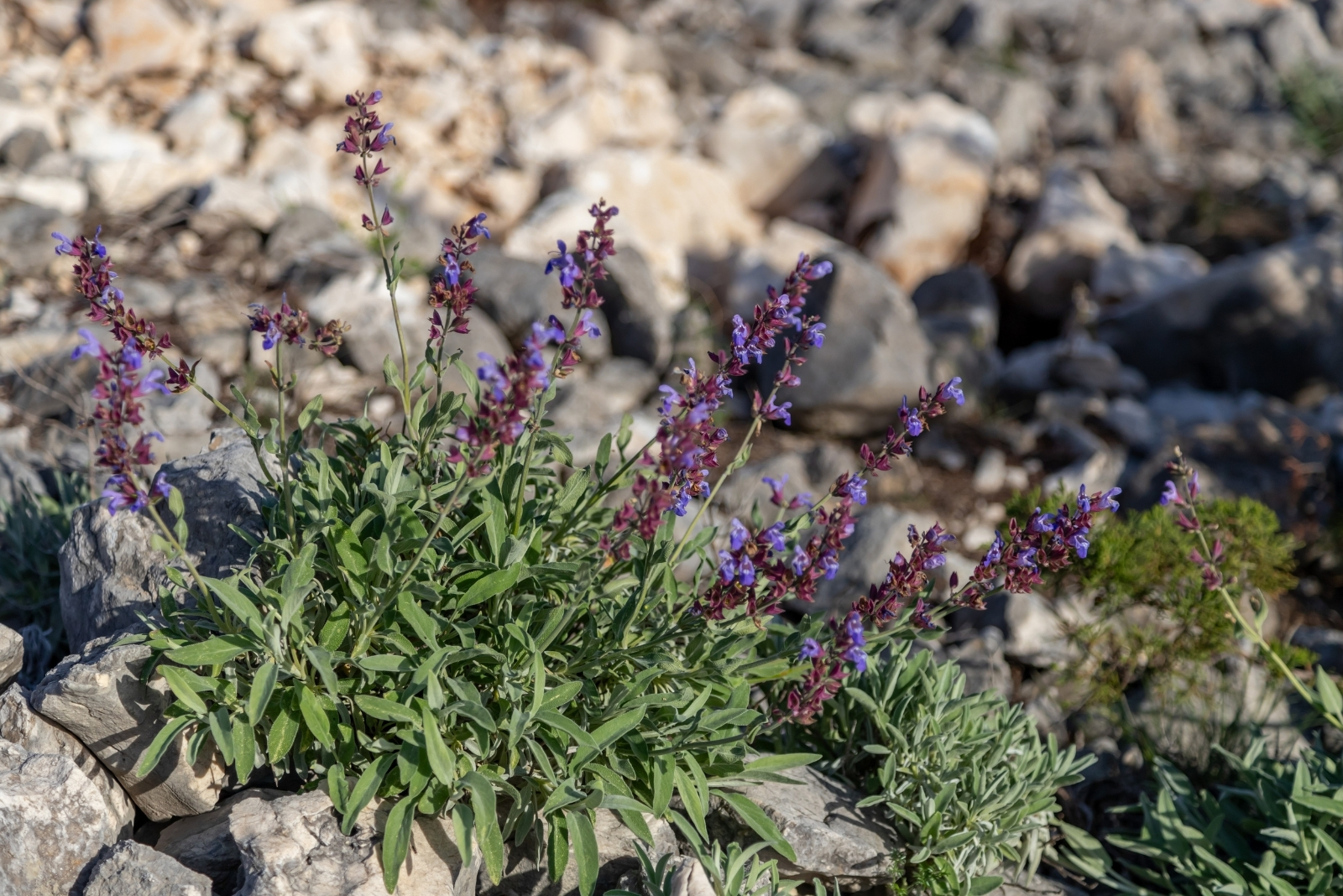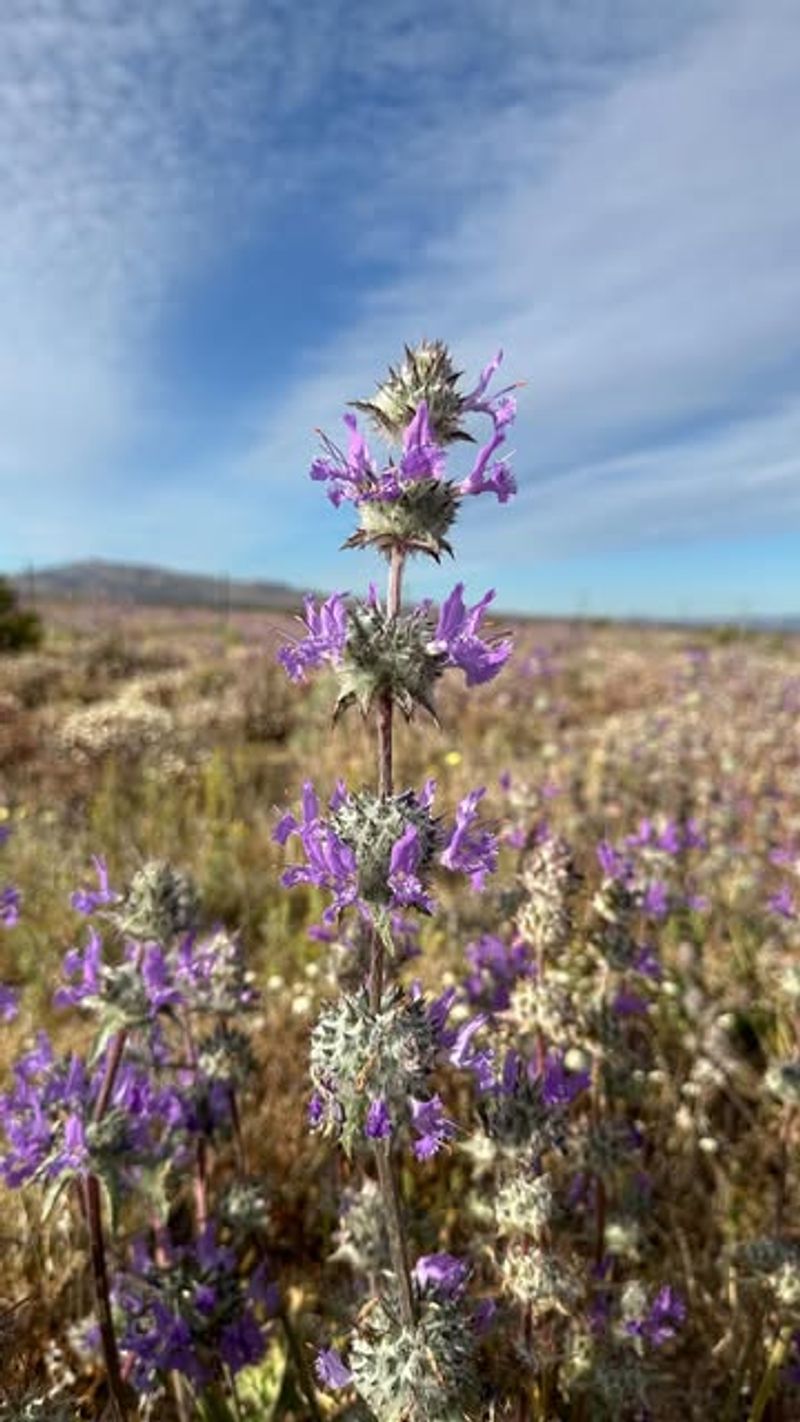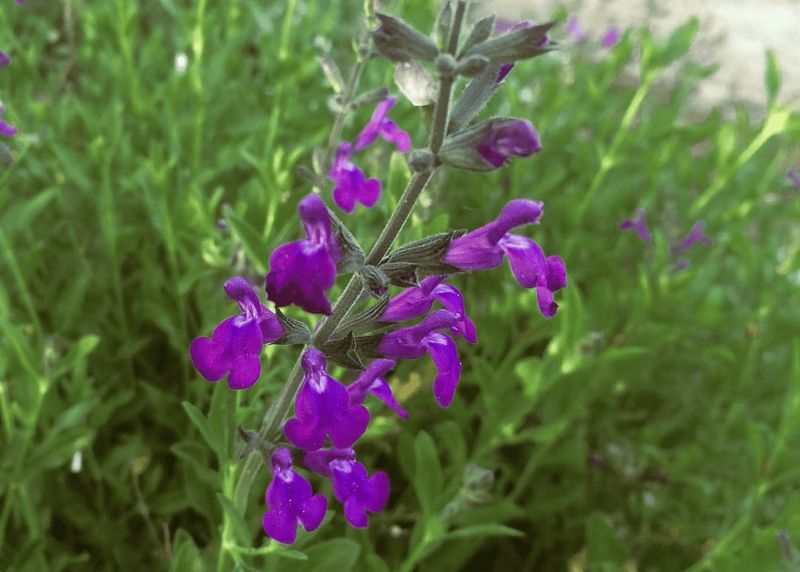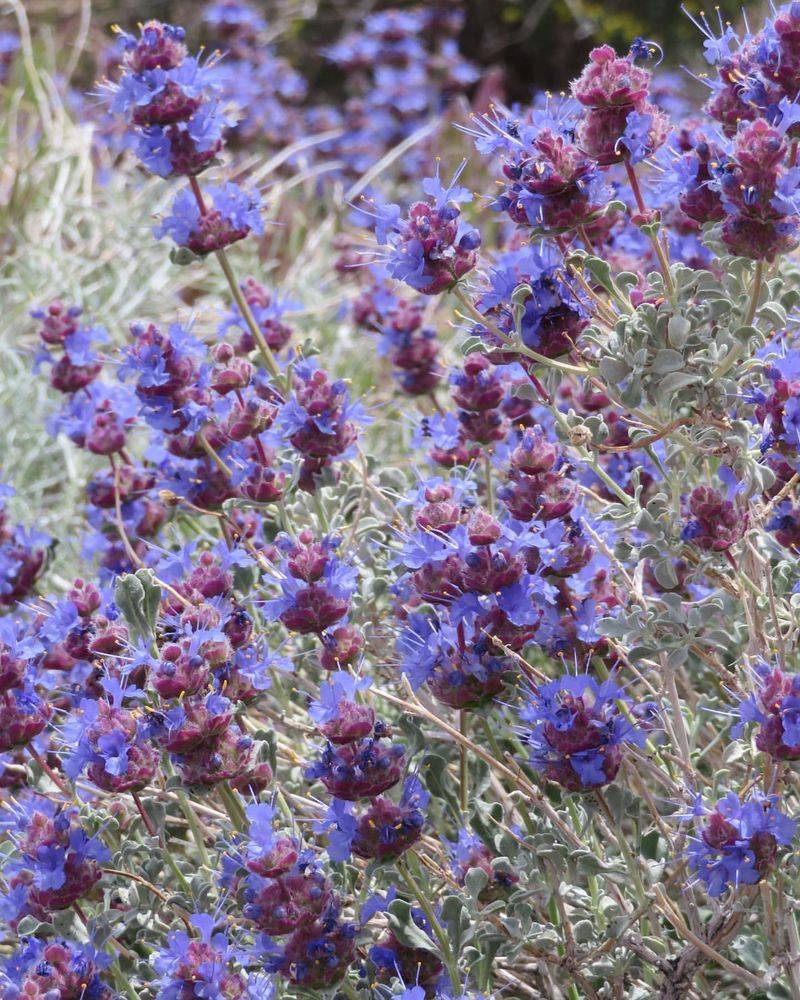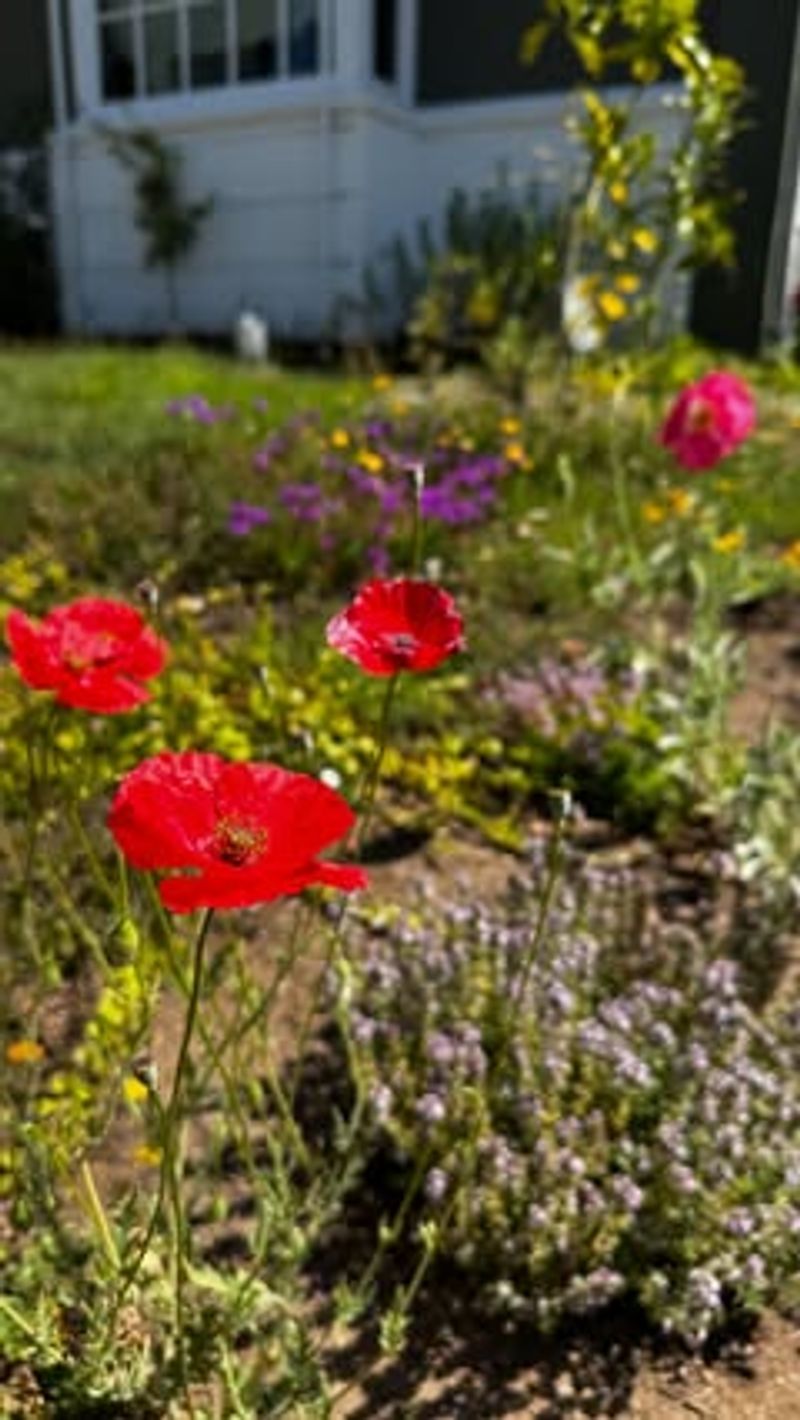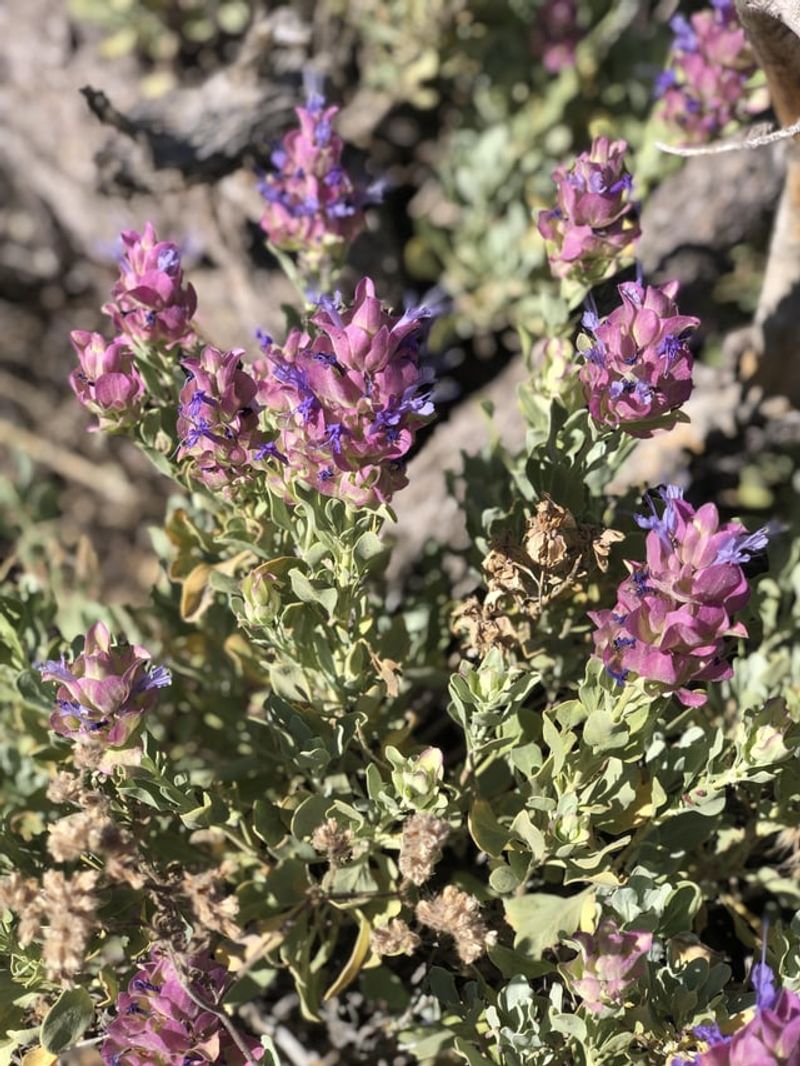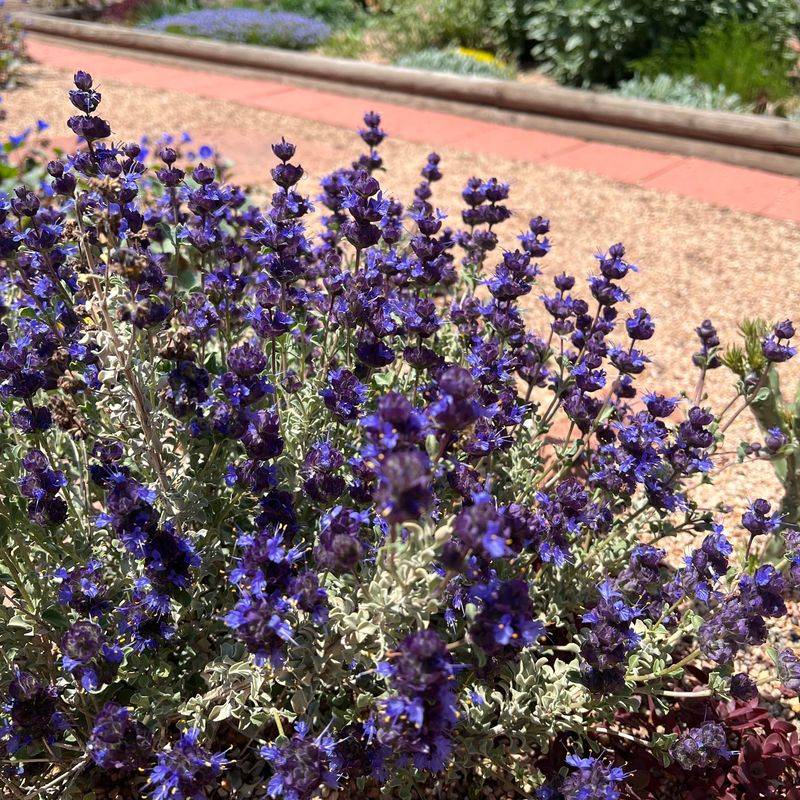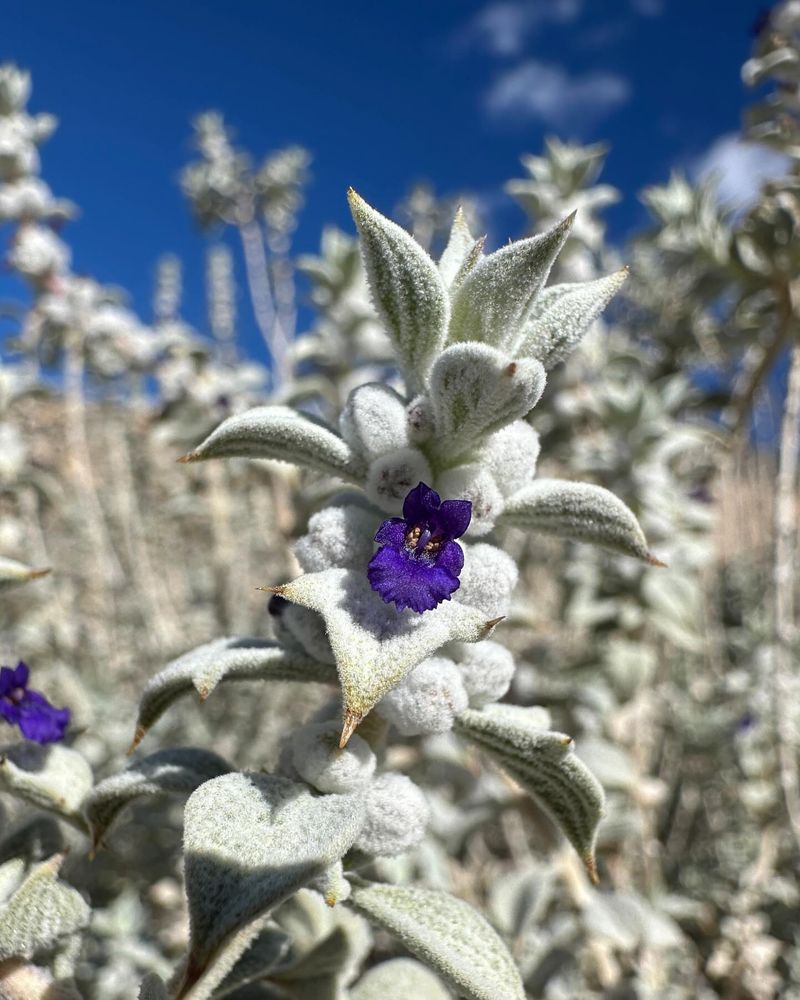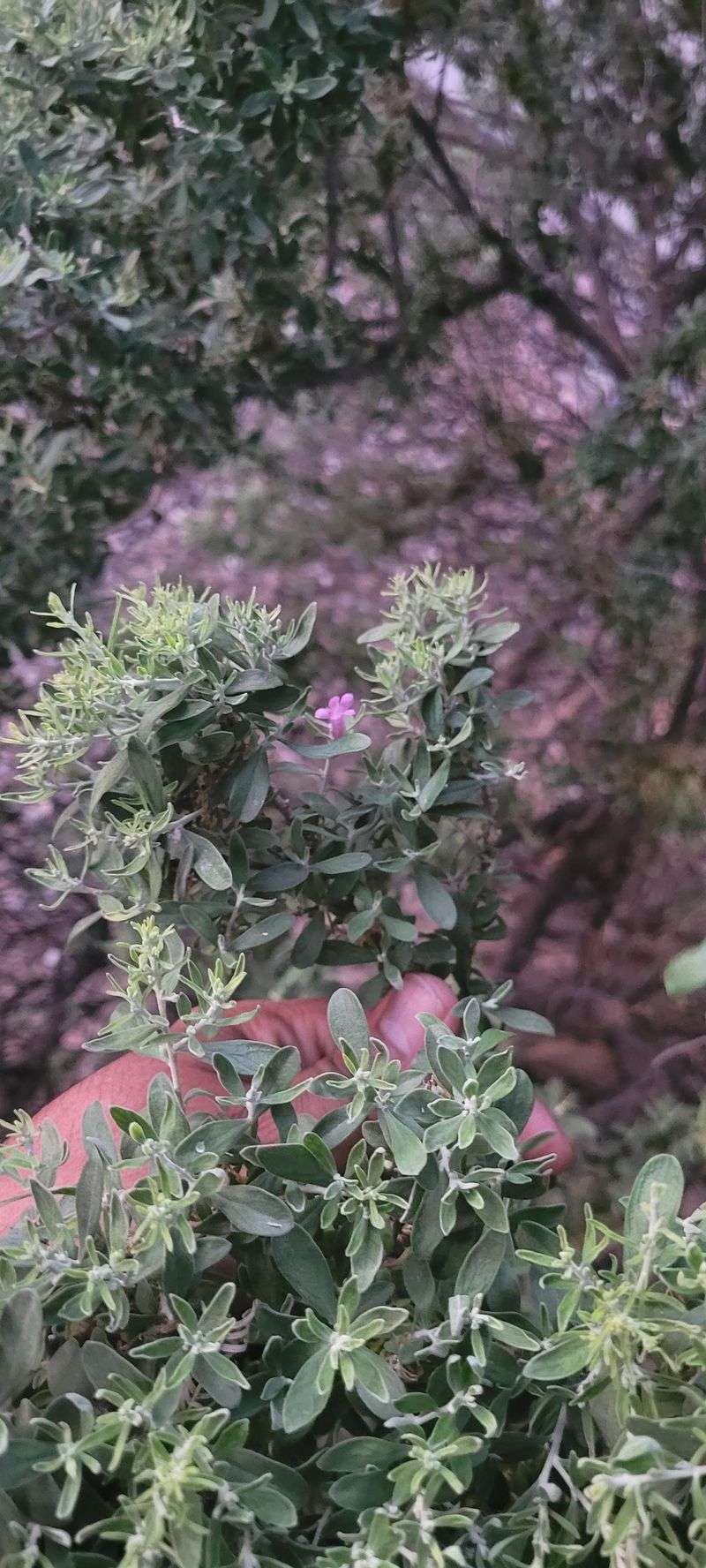In Tucson, desert sage stands tall as a hardy, bee-friendly favorite. Using it as a living fence turns a plain border into a pollinator’s paradise.
The silver-green leaves look stunning against vibrant flowers that you can actually eat. It’s a smart, multipurpose choice that thrives in the desert sun.
You end up feeding your garden, the bees, and yourself all at once.
1. Pollinator Highway
Creating a sage fence along your property line forms a bee-friendly corridor across Tucson neighborhoods. These fragrant pathways help bees travel safely between feeding spots without getting lost in urban spaces.
Arizona beekeepers often recommend these living fences because they provide consistent food sources when other plants aren’t blooming. The continuous hedge of sage flowers becomes a reliable pit stop for hungry pollinators.
2. Edible Flower Border
Sage flowers aren’t just pretty – they’re delicious too! Harvest these delicate purple blooms to add a sweet, herbal flavor to summer salads, desserts, and specialty cocktails.
Many Tucson chefs make special trips to local gardens in Arizona just to source these culinary treasures. The fence provides an abundant supply of edible flowers throughout the growing season while still maintaining its protective function.
3. Microclimate Creator
Tall sage fences create cool, shaded microclimates perfect for growing delicate edible flowers that normally struggle in Tucson’s intense heat. This natural air conditioning effect extends your growing options.
Gardeners across southern Arizona have discovered that these protective barriers can lower soil temperatures by up to 10 degrees. The shade-dappled area becomes ideal for nasturtiums, pansies, and other edible blooms that add color to both gardens and plates.
4. Companion Planting System
Sage’s natural pest-repelling properties protect nearby edible flowers from harmful insects. Plant your favorite blooming herbs alongside the fence to create a mutually beneficial relationship.
The desert-adapted sage thrives in Arizona’s challenging conditions while acting as a guardian for more delicate flowering plants. This companion system reduces the need for chemical interventions and creates a more resilient garden ecosystem.
5. Honey Production Booster
Local honey producers love properties with sage fences! The abundant, nectar-rich flowers produce a distinctive honey with subtle herbal notes that’s highly prized at Tucson farmers’ markets.
Some Arizona beekeepers will even offer discounted hive placement if you have substantial sage plantings. The consistent blooming period provides reliable forage for honeybees when other nectar sources might be scarce in the desert environment.
6. Water Conservation Strategy
Desert sage’s deep roots break up compacted soil, allowing precious rainwater to penetrate rather than run off. This improved water infiltration benefits nearby edible flowers that might otherwise struggle in Tucson’s arid conditions.
Many water-conscious Arizona gardeners have switched to these native fences specifically for this benefit. The established sage plants require minimal supplemental irrigation while helping conserve moisture for the entire garden ecosystem.
7. Native Bee Habitat
The woody stems of mature sage plants provide perfect nesting sites for solitary native bees. These overlooked pollinators are actually more efficient than honeybees for certain edible flowers and crops.
Tucson’s desert ecosystem depends on these specialized pollinators that have evolved alongside Arizona’s native plants. By providing both nesting habitat and food sources, your sage fence becomes a complete support system for these essential insects.
8. Culinary Herb Expansion
The protected zone created by a sage fence offers perfect growing conditions for other culinary herbs that produce edible flowers. Basil, thyme, and oregano all thrive in this arrangement.
Chefs throughout Arizona seek out these herb-flower combinations for their dual culinary uses. The sage fence not only protects these tender plants from Tucson’s harsh conditions but also complements their flavors when used together in recipes.
9. Seasonal Celebration Marker
Sage fences bloom predictably each year, creating a living calendar that marks seasonal changes. This reliable timing helps Tucson growers plan successive plantings of edible flowers for continuous harvests.
Many Arizona gardeners use these bloom times as signals to start certain garden activities. When the sage fence flowers appear, it’s time to sow heat-loving edible flower seeds that will take over when spring bloomers fade in the intense desert heat.

